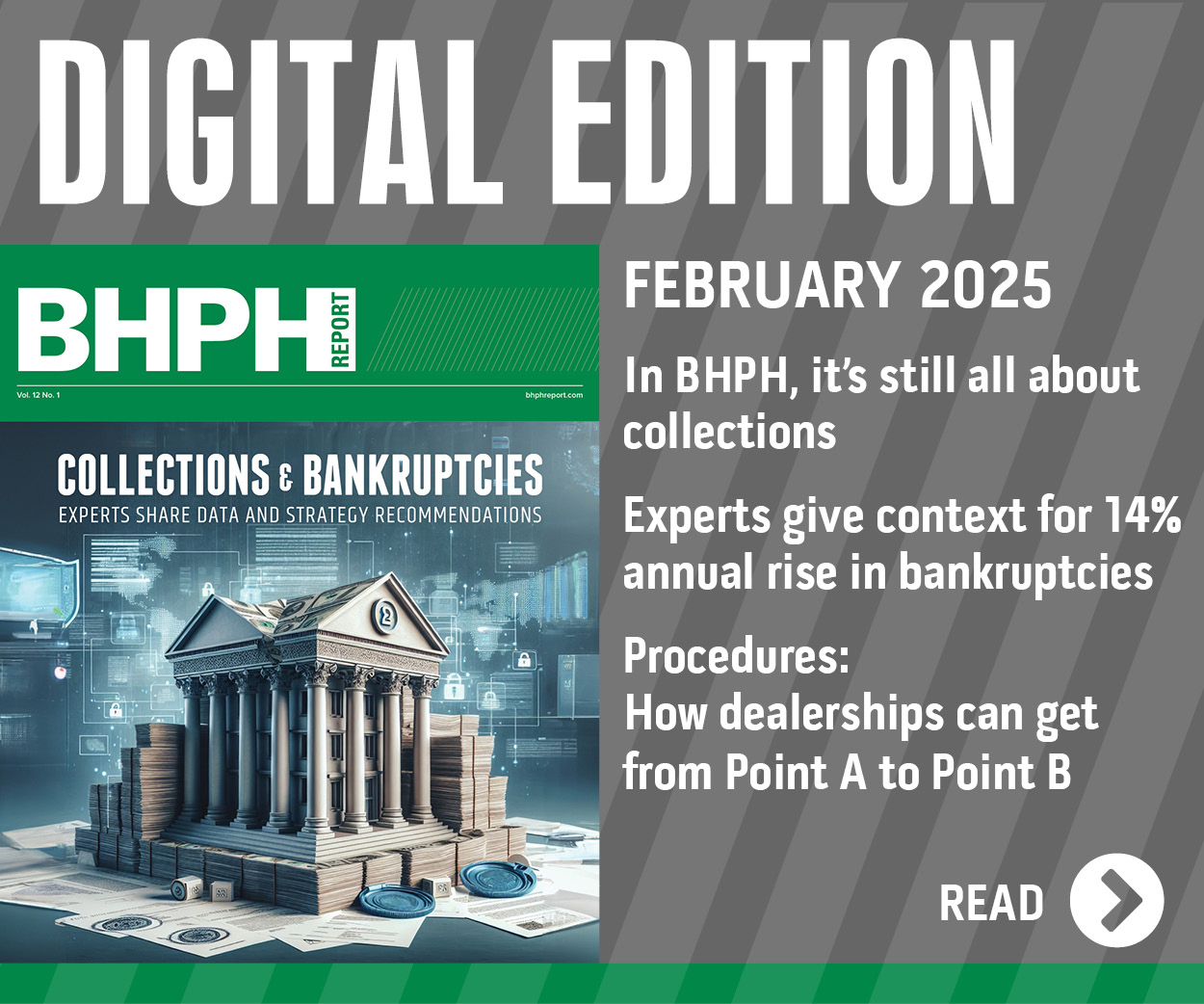Manheim dissects what $5,000 buys at auction nowadays

A segment of Manheim’s 2016 Used Car Market Report asked a question most buy-here, pay-here operators consider when they scour the lanes or online platforms to find inventory not only that will turn but will last for the duration of the installment contract.
To answer the question of what $5,000 will buy, Cox Automotive chief executive Tom Webb acknowledged in the report that rising wholesale prices often triggers headaches for BHPH dealers since they need to find vehicles their customers can afford, but can run the term of the note with minimal repairs.
To give a sense of just how much wholesale prices have gone up over time in the lower price tiers, Manheim looked at the average mileage on auction vehicles that sold between $4,000 and $6,000 during the past 16 years. Back in 2000, if operators spent an average of $5,000 for a vehicle at auction they acquired a vehicle with 84,541 miles.
“Average mileage slipped over the following three years as wholesale supplies grew and the overall pricing environment weakened,” Webb explained in the report.
But between 2003 and 2014, Webb pointed out that the average mileage for the typical $5,000 wholesale vehicle purchase rose every year, except for the recession of 2008 and 2009. A year ago, Webb mentioned BHPH dealers got a slight reprieve as the average mileage on a $5,000 auction purchase dipped but remained above 120,000 miles.
During a conversation with BHPH Report, Webb elaborated about the kinds of vehicles that fit that price parameter nowadays.
“It’s certainly a mixed bag,” Webb said. “Certainly a vehicle with six digits on the odometer is really not an issue in terms of running the terms of the note if you have some feeling about its condition level. Some makes and models have better reliability over time than others.
“The buy-here, pay-here dealers, as you know, are extremely knowledgeable of those units,” he added. “Typically they’ll have some makes and models which are on their black list which they will not buy at all for those reasons. But with any model, the condition can vary quite substantially depending on how it was used or abused.”
BHPH operators and other independent dealerships should benefit from the overall lift in wholesale volume, according to Manheim’s report.
As wholesale supplies grew a year ago, Webb explained independent dealers were better able to secure inventory that met the needs of their individual customer bases.
“As a result, unit sales grew considerably faster than in the prior two years, and at a pace that was higher than that of franchised dealers,” Webb wrote in the report. “Earlier in this cycle, many independents suffered as a result of a lower flow of wholesale units from franchised dealers, fewer desirable trade-ins, and reduced auction supplies.
“With all of those sources’ returning to normal volumes, independent dealers should have another good year in 2016, especially if all-important credit conditions remain favorable,” he went on to say.


